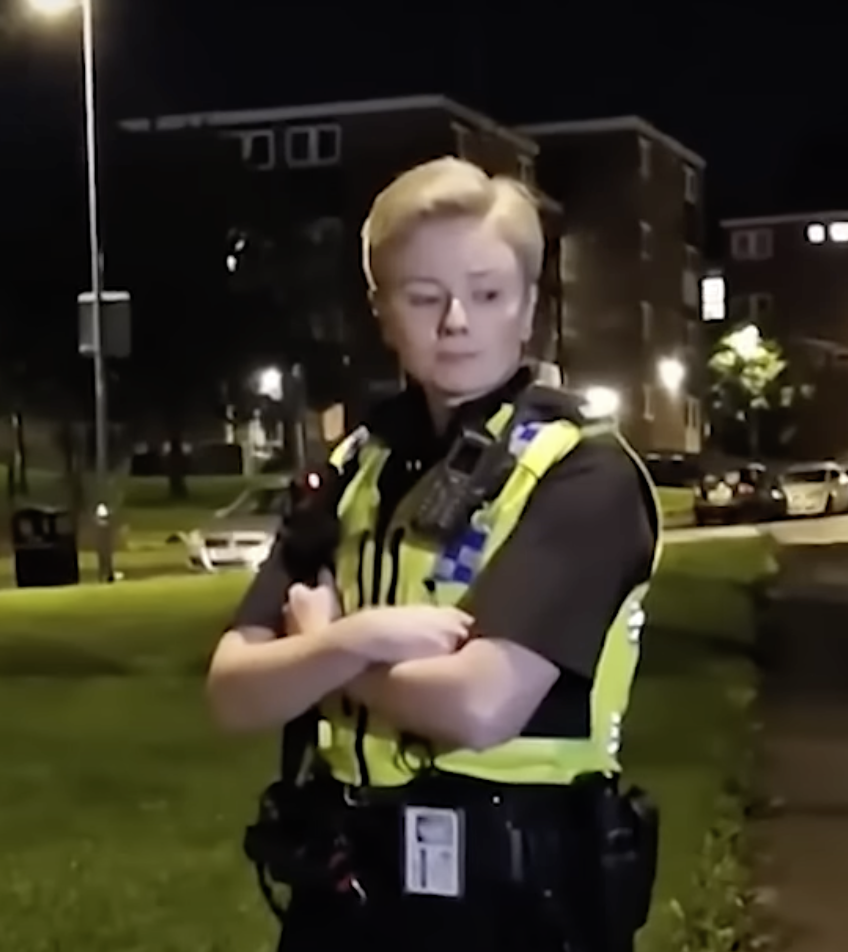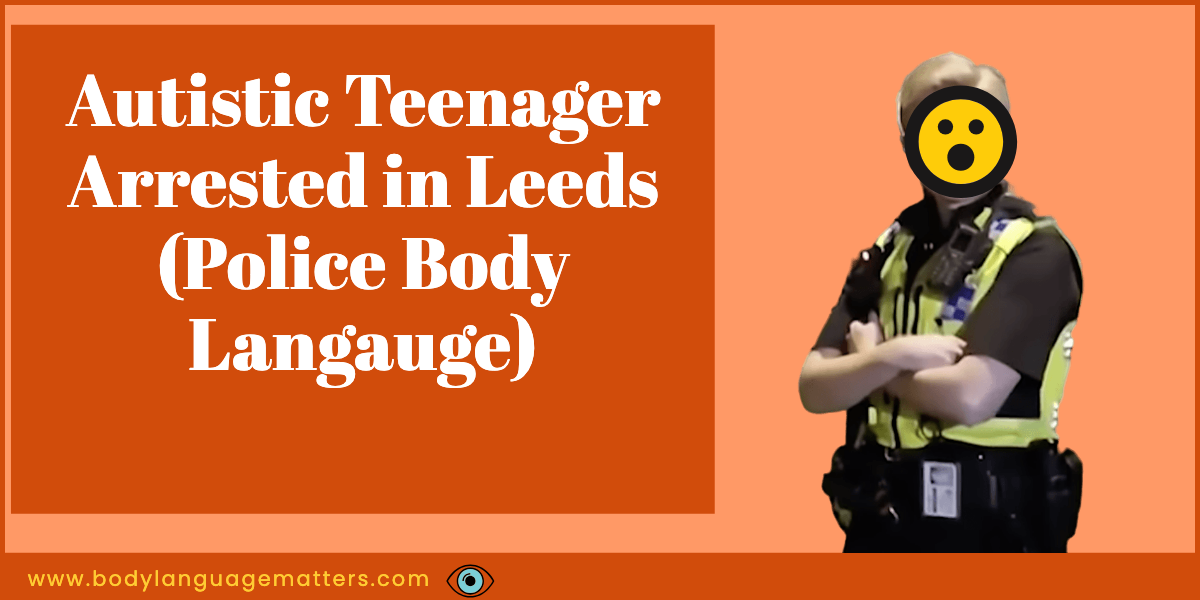Have you ever found yourself pondering the gravity of a statement? In Leeds, an incident has sparked considerable debate and has shed light on important issues surrounding policing, diversity, and the perceptions tied to body language.
The Arrest Incident
In the heart of Leeds, the West Yorkshire Police found themselves embroiled in controversy. The center of the incident? A 16-year-old autistic girl, who, upon remarking that a female officer bore a resemblance to her “lesbian grandmother,” found herself under arrest. This incident occurred while she was in the midst of being escorted back to her residence.
Officers’ Reaction
The arrest has raised more than just eyebrows. The use of seven officers to detain an autistic girl, who also happens to suffer from scoliosis, seems rather disproportionate. This brings into focus the larger question: Was such a significant response required, or did it reek of an overzealous approach?
Irony in the Age of Diversity and Inclusion
In an era where diversity and inclusion are buzzwords, the officers’ apparent affront to the term ‘lesbian’ strikes as particularly odd. The irony is palpable, given the police force’s purported commitment to embracing diverse communities and perspectives.
Decoding Body Language
The incident took a deeper, more nuanced turn when body language came into play. A striking image captures the female officer, eyes skewed to the side, seemingly glaring at the detained teenager.
Could this be read as bitterness? Or perhaps arrogance? What’s more, her body language seems defensive — her palms turned inward, posture slouched slightly. Was she attempting to convey dominance or hiding her vulnerability?
Signs of nervousness were evident too, as she was spotted restlessly fidgeting with her fingers. Such non-verbal cues can speak volumes.
Indeed, her body language, from a straight neck to clenched jaw, hinted at suppressed anger.

The story sheds light on the importance of understanding body language and reminds us to delve beyond the surface, focusing not just on facial expressions but also on postures and gestures.
Frequently Asked Questions
What led to the teenager’s arrest?
The arrest was prompted by her comment about a female officer resembling her “lesbian grandmother.”
How many officers were involved in the arrest?
Six officers were involved in detaining the teenager.
Was there any notable body language displayed by the officers?
Yes, the female officer’s defensive posture, side-eye, and signs of nervousness were particularly noteworthy.
What does this incident highlight about diversity and inclusion in policing?
It brings forth questions about the police’s sensitivity to terms related to sexual orientation.
Why is body language significant in such incidents?
Body language can offer deeper insights into the mindset and emotions of the individuals involved, often revealing more than verbal communication.
Final Thoughts
The arrest of the Autistic Teenager in Leeds has undeniably sparked many discussions. While the incident and its aftermath have been debated, it serves as a potent reminder of the need for sensitivity, understanding, and a commitment to true diversity and inclusion.

